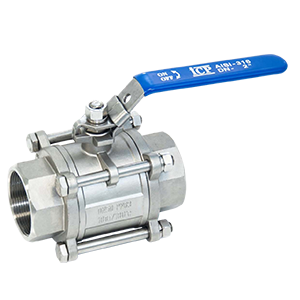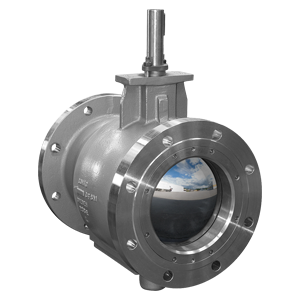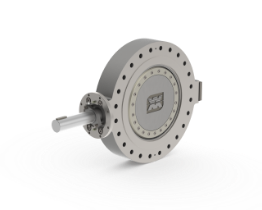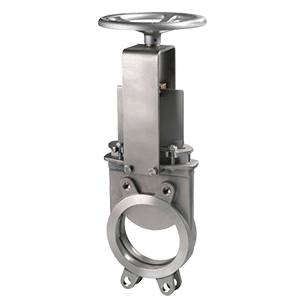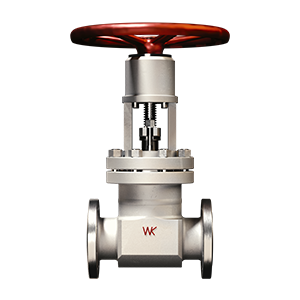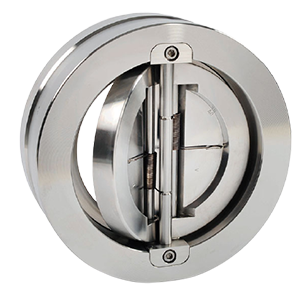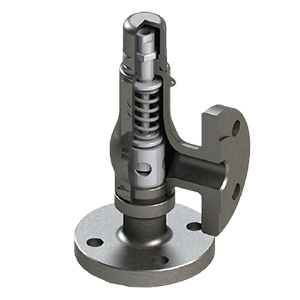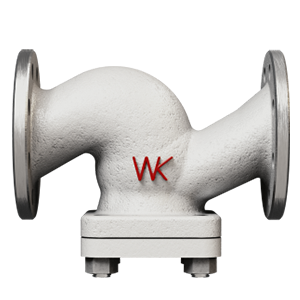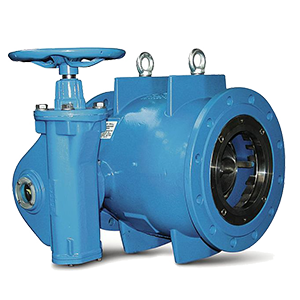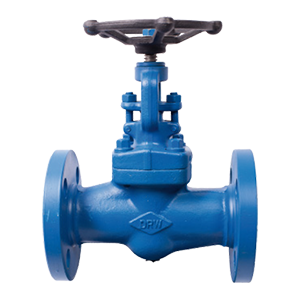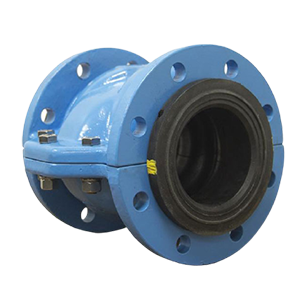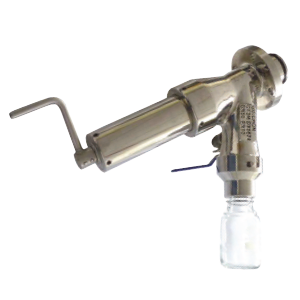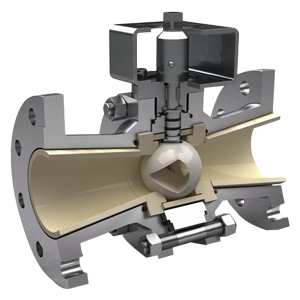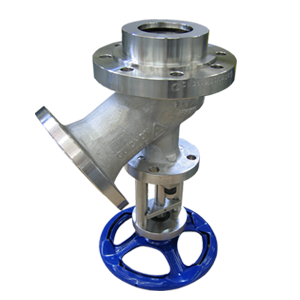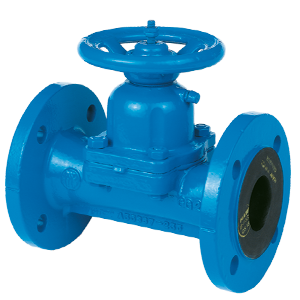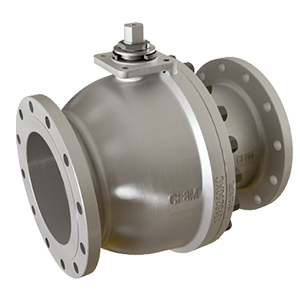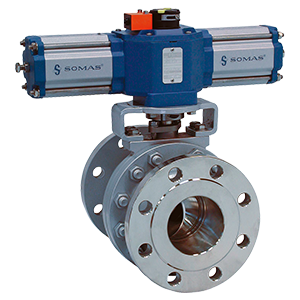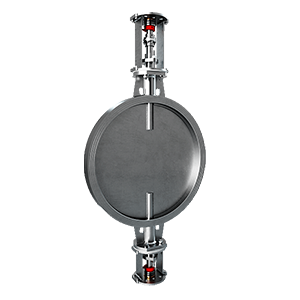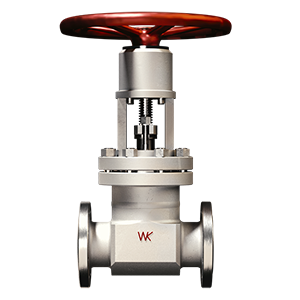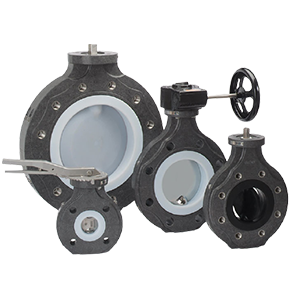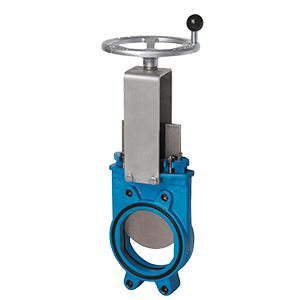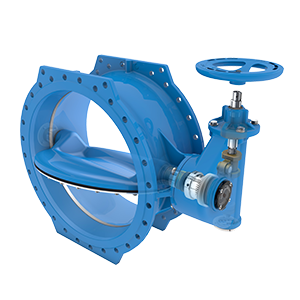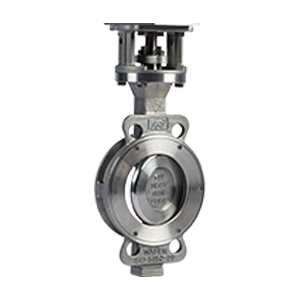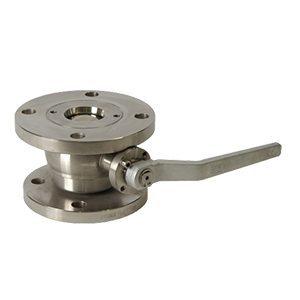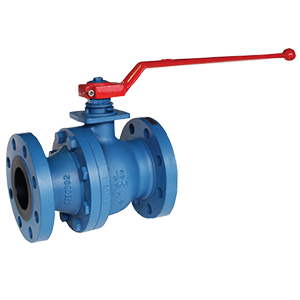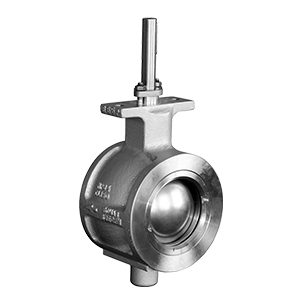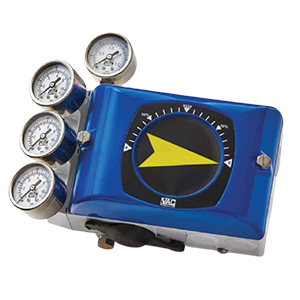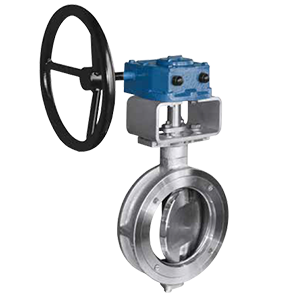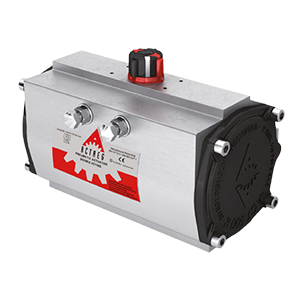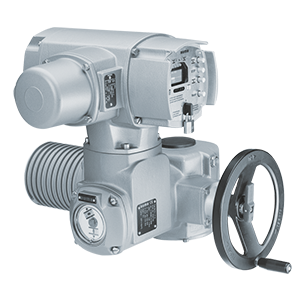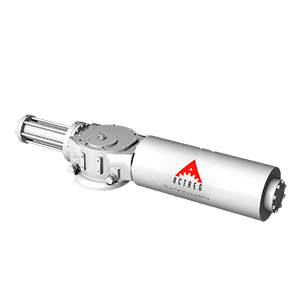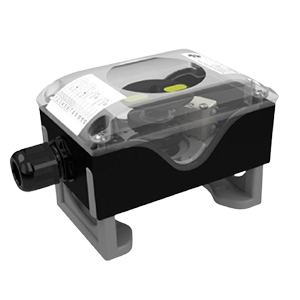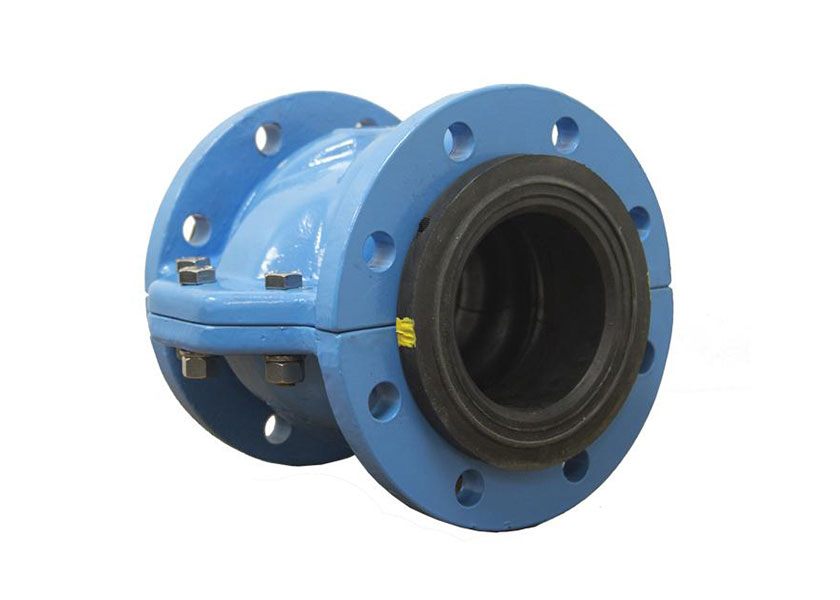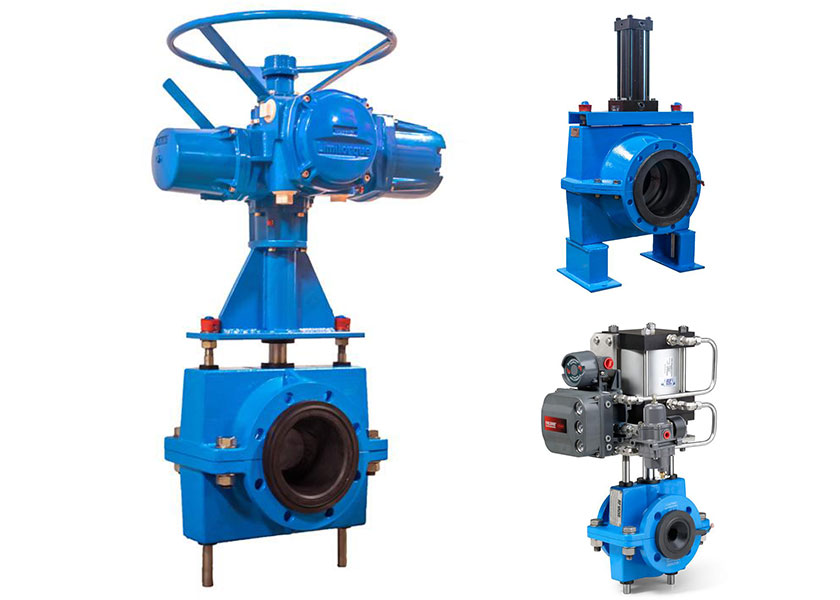Filter the results
Showing all 2 results
Pinch valve aiRFlex®
“The aiRFlex® pinch valve is designed for abrasive, corrosive and scaling sludge, liquids and powders.
It is characterised by a full bore and it is interchangeable with most ball valves and diaphragm valves.
Technical advantages:
* Patented expansion folds prevent stretching. This reduces the stress on the tube and significantly increases the service
life
* No moving parts – tube is the only wear part.
* Trouble-free operation – no blocking or clogging.
* Increased service life of the tube, which does not stretch when closed.
* Cost-effective solutions as no actuator is required.
* The tube can be replaced without having to remove the valve from the line, thus guaranteeing low maintenance and operating costs.
Operating pressure about 2 bar below
the available factory air supply, up to
max. 6 bar.
The MONSYS monitoring system prevents
unexpected emergency repairs.
“
Pinch valve RF VALVE
“The pinch valve RF is designed for abrasive, corrosive and scaling sludge, solids, liquids and powders.
It is characterised by a full bore and it is interchangeable with most ball valves and diaphragm valves.
The MONSYS monitoring system prevents unexpected emergency repairs.
Technical advantages:
* Patented expansion folds prevent stretching, thus reducing the stress on the tube and significantly increasing the service life.
* No moving parts so the tube is the only wear part.
* Trouble-free operation: no blocking or clogging.
* Increased service life of the tube, which does not stretch when closed.
* Cost-effective solutions as no actuator is required.
Available in nominal diameters from DN25 – DN 1500
The tube can be replaced without having to remove the valve from the line, thus resulting in low maintenance and operating costs.
Actuator types: pneumatic, electric and hydraulic”
* Kostengünstige Lösung, da kein Antrieb benötigt wird.
Erhältlich in den Nennweiten DN25 – DN 1500
Der Schlauch kann gewechselt werden, ohne daß die Armatur aus der Leitung herausgenommen werden muss, was in niedrigen Wartungs- und Betriebskosten resultiert.
Antriebsarten: pneumatisch, elektrisch und hydraulisch”

